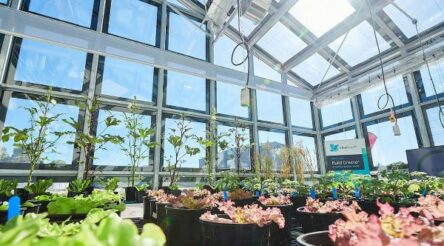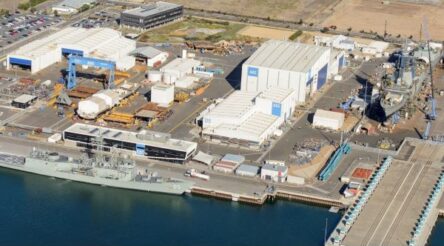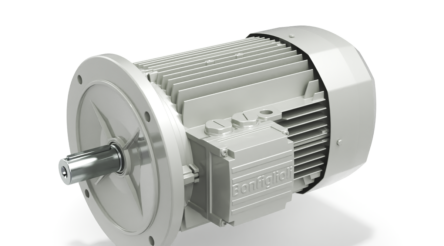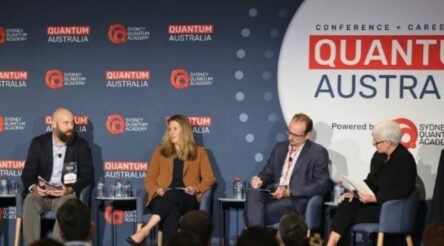Manufacturing news briefs — stories you might have missed
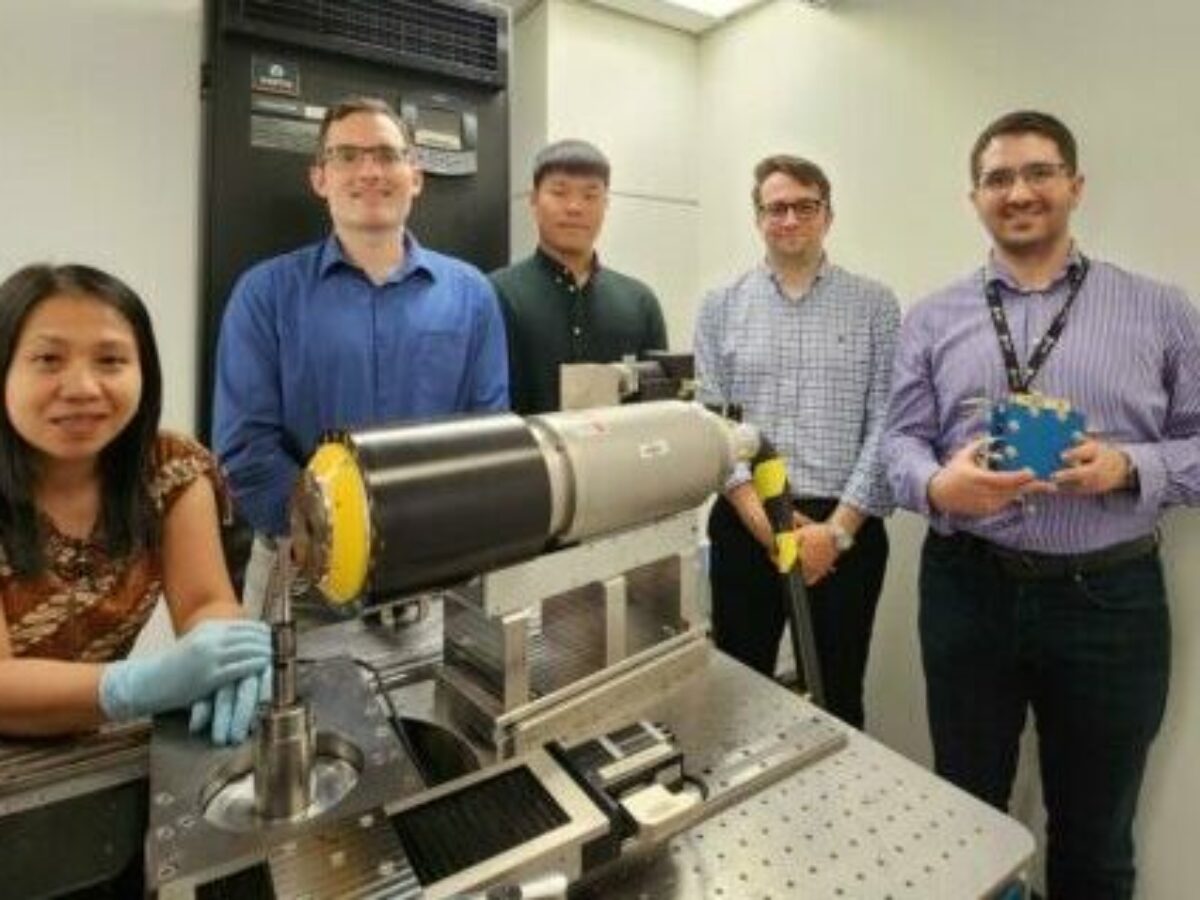
Queensland govt welcomes applications for Manufacturing Hubs Grant Program
This week Queensland manufacturing minister Glenn Butcher announced that the state government’s Manufacturing Hubs Grant Program (MHGP) is open for a third round. The announcement was hosted this week at Mecha, a winner of $230,000 in grant support under the program’s first round, supporting a new “Rapid Reverse Engineering Project” and supporting over 35 jobs. The MHGP offers matched funds for business to modernise “and [transition] to manufacturing 4.0 processes.” “I’m thrilled to announce another $10 million in funds for the next two years to help even more regional Queensland manufacturers take the next step in transitioning their business to 4.0 technology,” said Butcher. More information on the program is available here.
Loam Bio announces $105 million Series B round
Carbon farming startup Loam Bio has announced that it is launching into the Australian market after years of product development, with a $105 million Series B funding round, led by Lowercarbon Capital and Wollemi Capital. “Loam’s microbial technology enables greater volumes of carbon to be stored in soils for longer periods of time,” said co-founder and CEO, Guy Hudson. “Increasing the quantity and quality of carbon units farmers can produce per hectare” he added, “makes participating in carbon projects more economically valuable for farming enterprises.” According to the company, its products enable farmers to remove carbon dioxide from the atmosphere for capture in the soil.
Fordyno and Core Additive to host partnership launch event
Core Additive (formally “SFDesign-Markforged”), an Australian reseller of Markforged additive manufacturing solutions since 2018, will be formalising a business partnership with engineering company Fordyno at a launch event on Tuesday March 14. The event at St Leonards, NSW will also launch a centre of excellence for design, engineering and additive manufacturing for the state. “Fordyno have extensive industrial design and engineering experience which will enable them to provide local NSW clients with design (CAD), FEA, scan and 3D print services,” said Lianne Kelly, National Sales Manager for Core Additive. The event will discuss the work of both organisations, as well as recent advancements in the additive manufacturing industry. More information is available here.
Tool boosts imaging resolution for hydrogen fuel cells
A UNSW Sydney team (pictured) has developed a new “super-resolution” algorithm known as DualEDSR, able to produce high-resolution modelled images from lower-resolution micro X-ray computerised tomography (CT) data. Detailed in a paper in Nature Communications, the process was tested on individual hydrogen fuel cells to accurately model the interior in precise detail, potentially improving their efficiency, and might one day be used on human X-rays to give a better understanding of tiny cellular structures inside the body. The process was developed to improve the understanding of what is happening inside a Proton Exchange Membrane Fuel Cell (PEMFC), which can become inefficient if flooded with water. “…the methodology is broadly applicable where any imaging is taking place, such as medical applications, or the oil and gas industry, or chemical engineering,” said Professor Ryan Armstrong.
WA Government commits extra funds to Brandon BioCatalyst
The Western Australian government has extended its support for Brandon BioCatalyst, which it has provided $2.52 million to since 2008, announcing an extra $2.31 million for a further seven years out to 2029. Brandon, formerly known as the Medical Research Commercialisation Fund, is a collaboration between major Australian superannuation funds, CSL, the Australian and New Zealand governments, Australian state governments, and more than 50 leading medical research institutes and hospitals. According to a statement on Tuesday, the expanded relationship will provide benefits including wider access for WA’s medical research sector to Brandon Capital’s suite of bioscience and biomedical investment funds, a locally-based venture capital member of staff to support WA projects, and a new venture capital apprenticeship program to develop specialists in the fields of biotech and life science investments.
Picture (supplied) Dr Amalia Halim, Professor Ryan Armstrong, Kunning Tang, Professor Peyman Mostaghimi, and Dr Quentin Meyer
Topics Manufacturing News
@aumanufacturing Sections
Analysis and Commentary Awards Defence Manufacturing News Podcast Technology Videos







